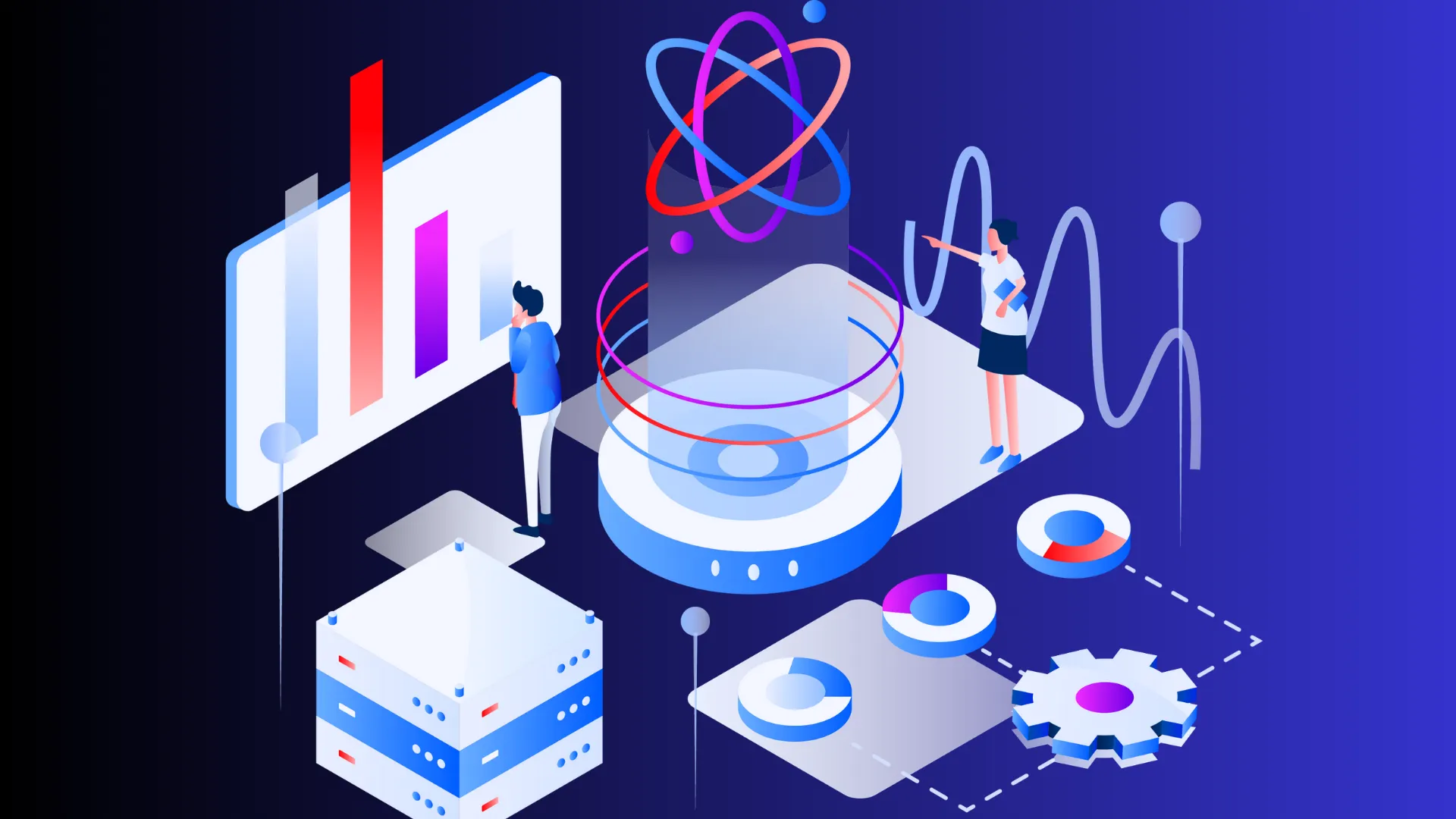The rapid digital environment has made cybersecurity a critical organizational need throughout the world today. DevSecOps takes the DevOps approach one step further by adding security functionality throughout all stages of the software development lifecycle (SDLC).
DevSecOps consulting services provide protection against cyber threats through integrated security measures inside development and operations frameworks, which support both speed and agility.
Brand-new innovations alongside traditional best practices will direct the path of secure software development for organizations adopting the DevSecOps model. This technical article details current DevSecOps trends for industry patterns alongside proven approaches that enhance SDLC security implementation.
Emerging DevSecOps Trends that You Must Consider
1. AI and Machine Learning in Security Automation
The use of artificial intelligence (AI) alongside machine learning (ML) systems has fundamentally altered security operations through their ability to automatically spot security threats, perform vulnerability evaluation, and identify irregularities.
Analysis of significant data volumes through AI security tools delivers real-time risk detection that reduces both manual security tasks and speeds up responses.
2. Shift-Left Security Approach
Under the “shift-left” framework, organizations align security work alongside development operations at early project stages instead of delaying security assessment until the final stages before distribution.
The early implementation of security testing during coding enables organizations to discover weak points at an early stage, thereby decreasing financial expenses while minimizing potential threats.
3. Zero Trust Security Model
A cybersecurity model called Zero Trust requires businesses to perform rigorous identity and device authorization checks that apply to both network insiders and outsiders alike.
With the DevSecOps Zero Trust approach, organizations ensure limited resource access to only verified authorized parties, thus maintaining authorization controls against breaches.
4. Infrastructure as Code (IaC) Security
The practice of Infrastructure as Code (IaC) utilizes code to automate infrastructure provisioning operations, which provides scalable and consistent management systems. When IaC scripts are misconfigured, they present security vulnerabilities.
Security policies applied inside infrastructure as code enable organizations to prevent and fix deployment-time misconfiguration.
Related Blog: Top 10 Practices for DevSecOps Every Business Should Follow
5. Security-as-Code (SaC)
Security-as-Code (SaC) allows organizations to create security policies in code format, which both verifies compliance and enforces security rules in an automated fashion.
Organizations maintain continuous security monitoring while performing remediation tasks by integrating security policies into their CI/CD pipelines.
6. DevSecOps in Cloud-Native Environments
Cloud computing has driven DevSecOps to adapt new methods that secure cloud-native application development. Modern organizations are implementing cloud security tools, container security solutions and multi-cloud security frameworks to defend their cloud workloads against fresh security threats.
7. Compliance Automation
Regulatory compliance requirements such as GDPR, HIPAA, and PCI-DSS mandate strict security practices. By including compliance automation tools inside DevSecOps, organizations can enforce continuous system checks for regulatory compliance to minimize possible non-compliance financial penalties.
8. Extended Detection and Response (XDR) for DevSecOps
Extended Detection and Response (XDR) platforms unite security data from network detection alongside application and endpoint detection and response capabilities.
XDR systems enhance DevSecOps capabilities by enabling deeper security incident monitoring and improved threat response performance.
DevSecOps best practices: Things to Know
1. Embed Security in the SDLC
Security practices need to become part of the entire process from software development lifecycle initiation to completion. Organizations should follow secure coding standards and perform automated security tests alongside continuous monitoring to detect vulnerabilities at early stages.
2. Automate Security Testing
Integrating manual security with testing requires extreme duration and it shows frequent mistakes from human operation. Security tests achieve faster vulnerability identification by employing automated systems that use static application security testing (SAST), dynamic application security testing (DAST), and interactive application security testing (IAST).
3. Adopt Secure Coding Standards
Security training sessions and established coding guidelines help developers build code that withstands attacks.
4. Use CI/CD Security Integration
Security checks run automatically at the beginning of deployment through CI/CD pipeline integration. Organizations must use tools that check code repositories alongside container images as well as dependencies for vulnerabilities throughout the CI/CD process.
5. Implement Role-Based Access Control (RBAC)
The implementation of role-based access control (RBAC) control systems provides access restrictions through evaluating users’ positions and assigned duties. The principle of least privilege (PoLP) safeguards organizations from unauthorized access while protecting data from breaches.
6. Continuous Security Monitoring
Security functions through continuous review and real-time assessment, thus requiring ongoing monitoring. Through security information and event management (SIEM) solution deployment, organizations gain the ability to monitor security events while detecting real-time anomalous occurrences.
7. Container Security Best Practices
The implementation of containerized applications brings forth different security difficulties. To secure containers, organizations should:
Your base image deployment should use minimal components to limit potential attack zones.
Organizations must install runtime security monitoring tools that automatically identify abnormal behaviors.
Protection of container images needs to be conducted through automatic vulnerability scanning whenever possible.
Companies should implement network segmentation strategies that create distinct workload domains.
8. Enforce Secure API Development
APIs serve as primary channels for attacks, which require DevSecOps teams to focus on API security due diligence. Organizations should:
- Implement authentication and authorization mechanisms.
- API gateways function as traffic control systems that fight off abuses.
- Organizations must track their API system for any unexplainable activities.
- Organizations must implement encryption to secure their data when it travels over networks and when data remains in storage systems.
9. Security Awareness and Training
By providing regular security training to developers alongside operations teams and stakeholders, an organization establishes itself as having security as its primary culture.
10. Regular Security Audits and Penetration Testing
Security audits alongside penetration testing enable organizations to detect system weaknesses before destructive individuals can take advantage of them. Through simulated real attacks known as ethical hacking and red team exercises, organizations can measure their security resistance capabilities.
Concluding Thoughts
Modern organizational security needs require DevSecOps implementation because it builds applications that remain secure through superior performance and resistance capabilities.
To protect their digital assets, businesses must embed security across all software development life cycle phases and automate their process while implementing industry-standard security practices.
The future success of DevSecOps consulting services depends on staying abreast of emerging developments and implementing state-of-the-art security technology to maintain strong security profiles.
Embracing DevSecOps today will not only enhance security but also drive innovation, agility, and trust in the software development process.



